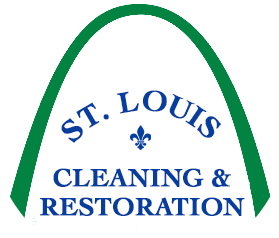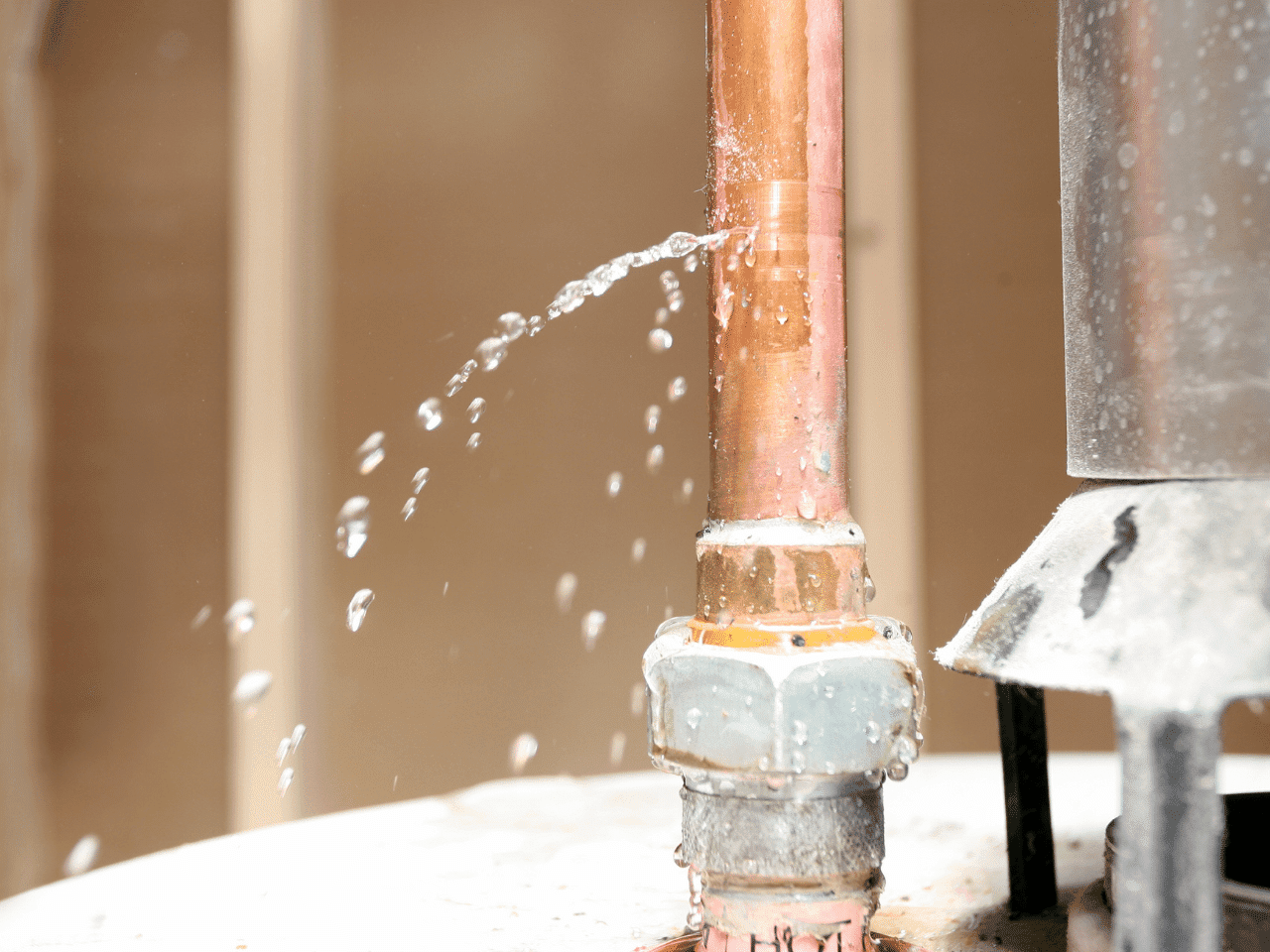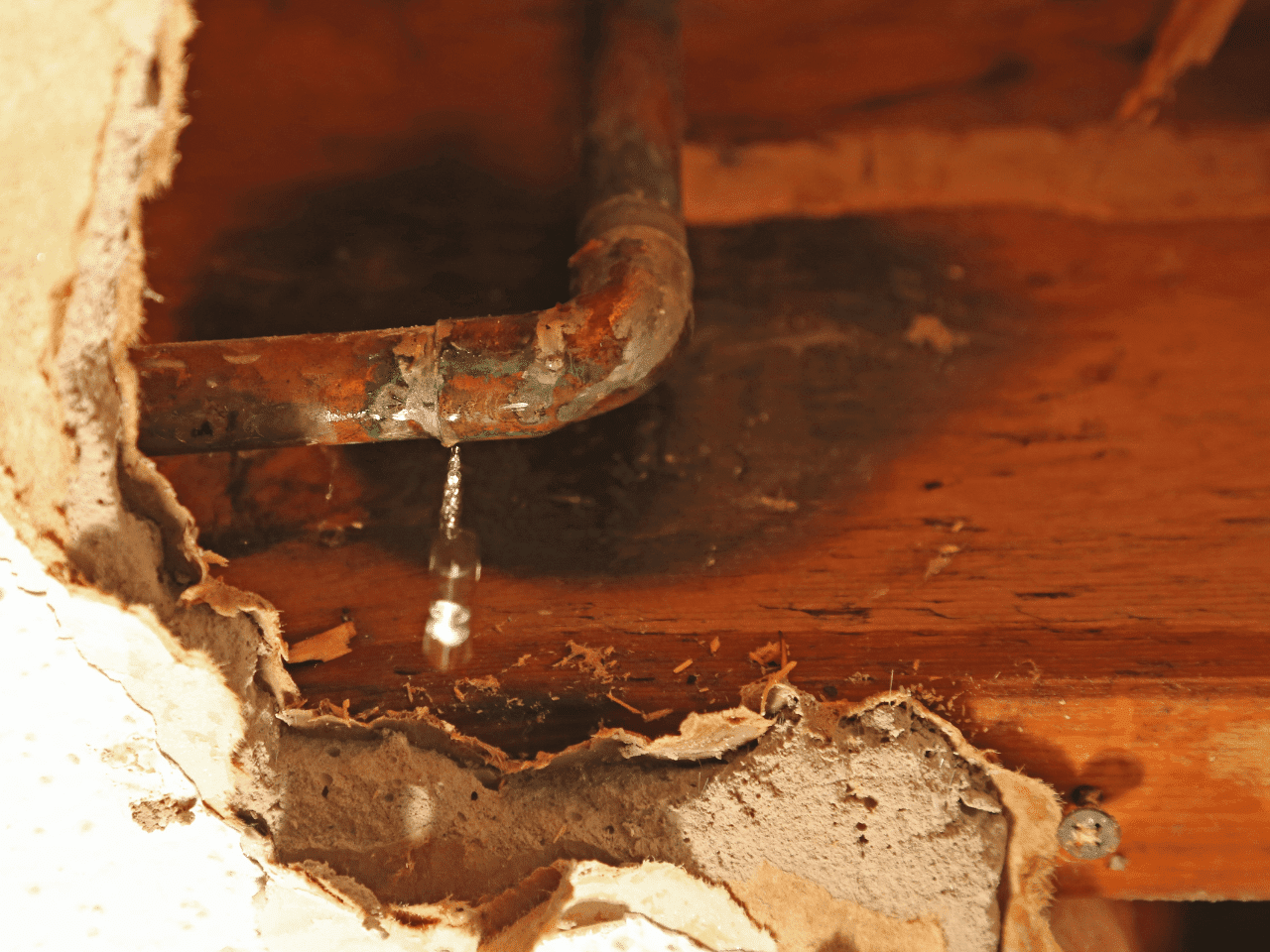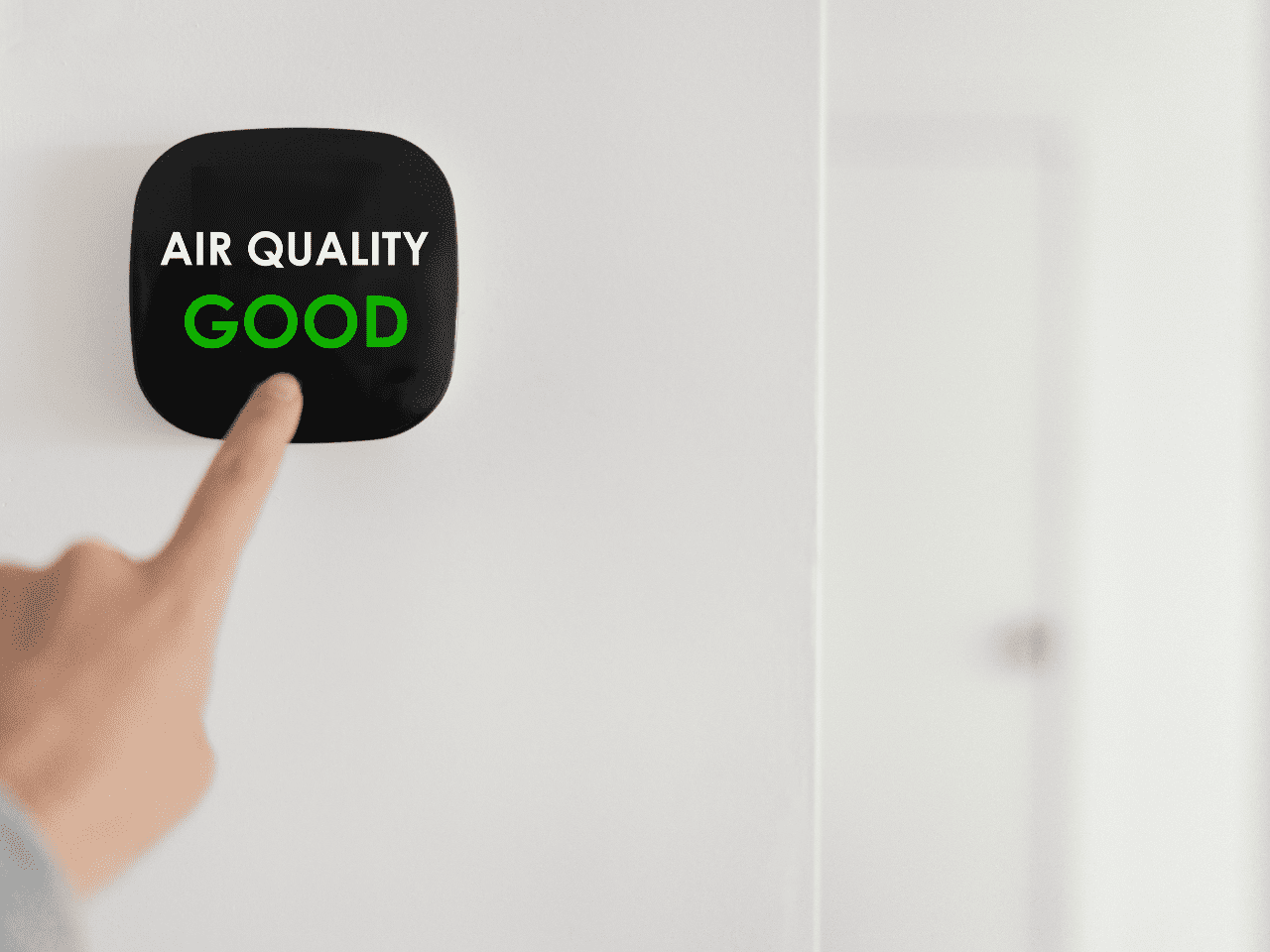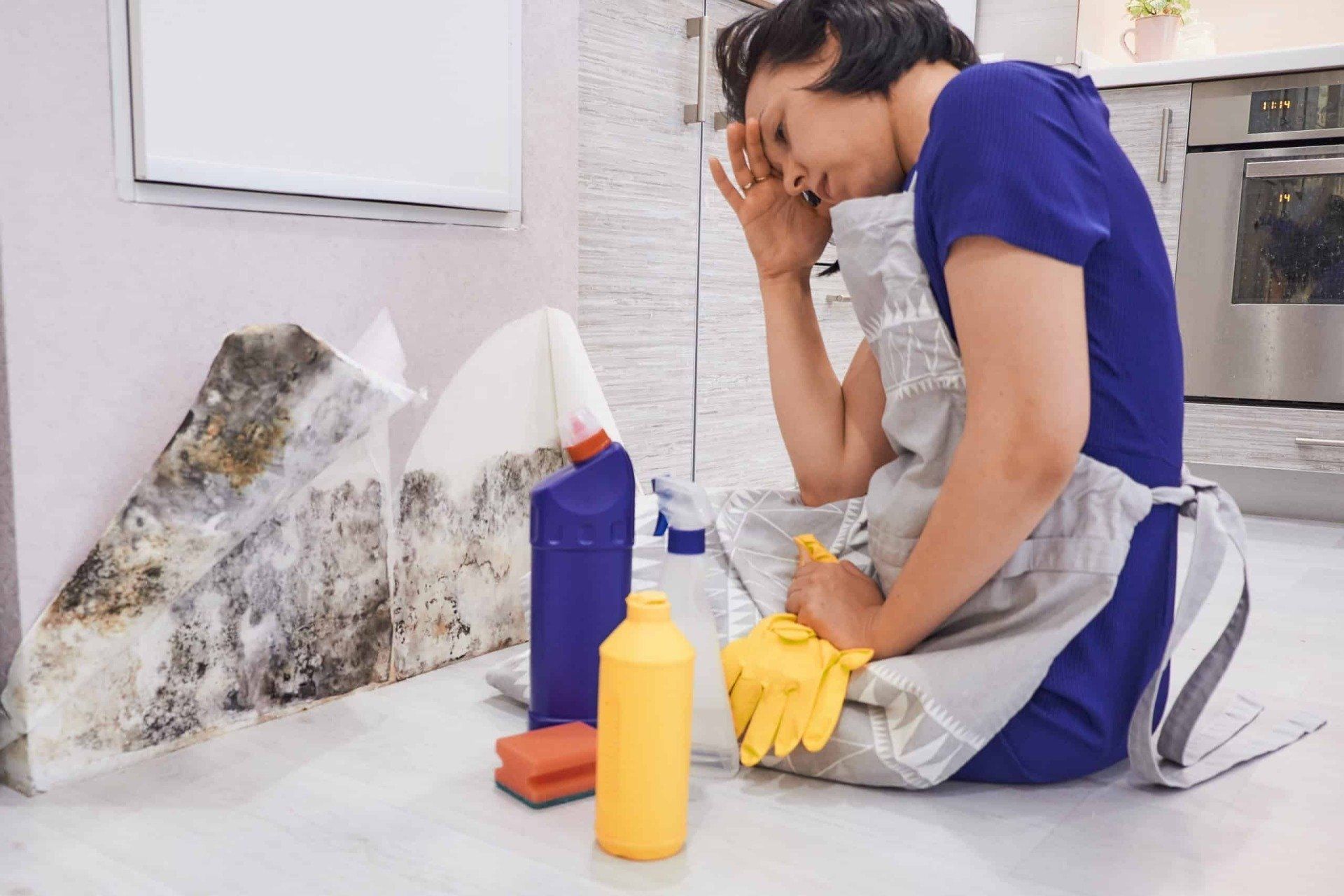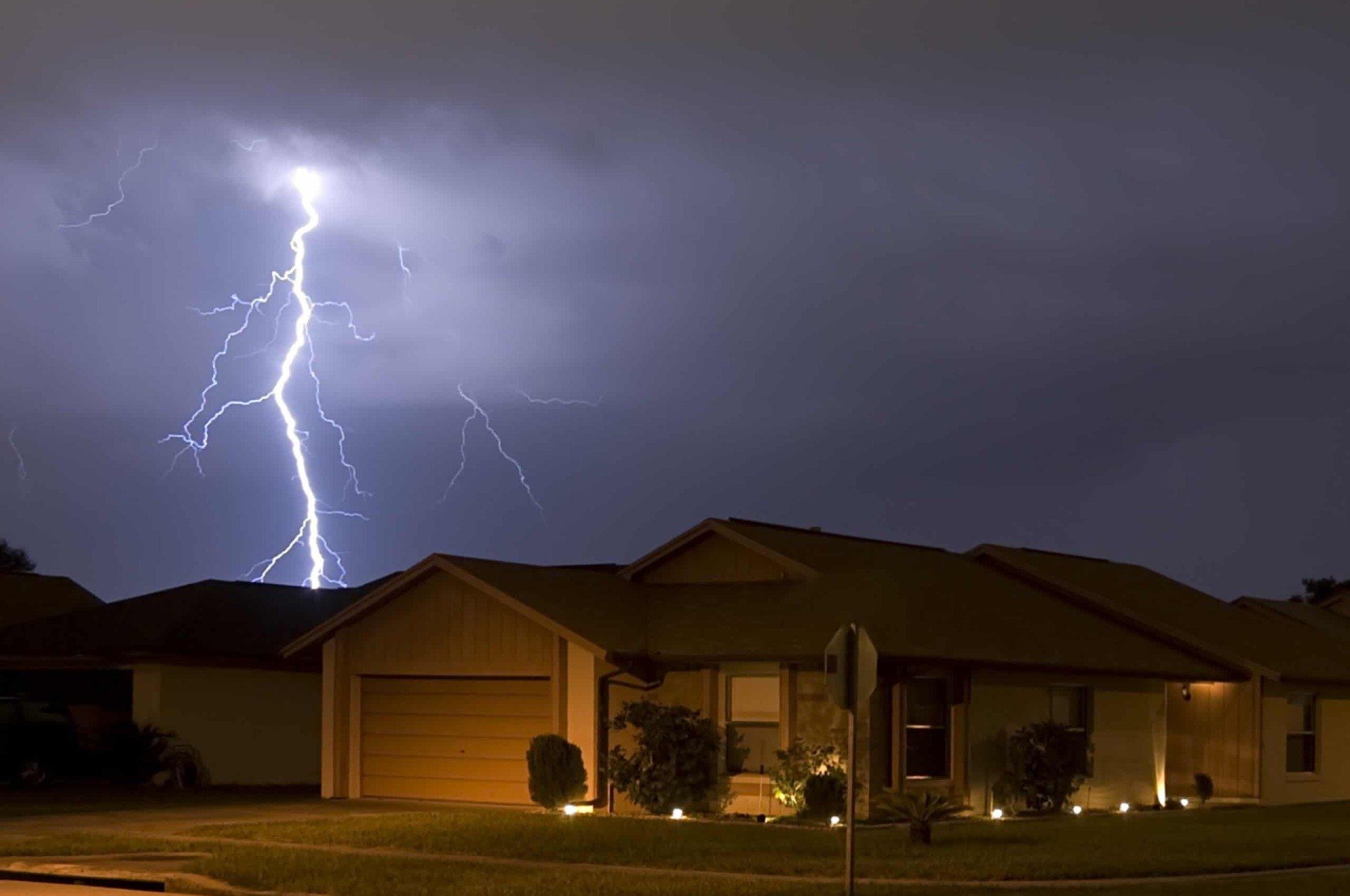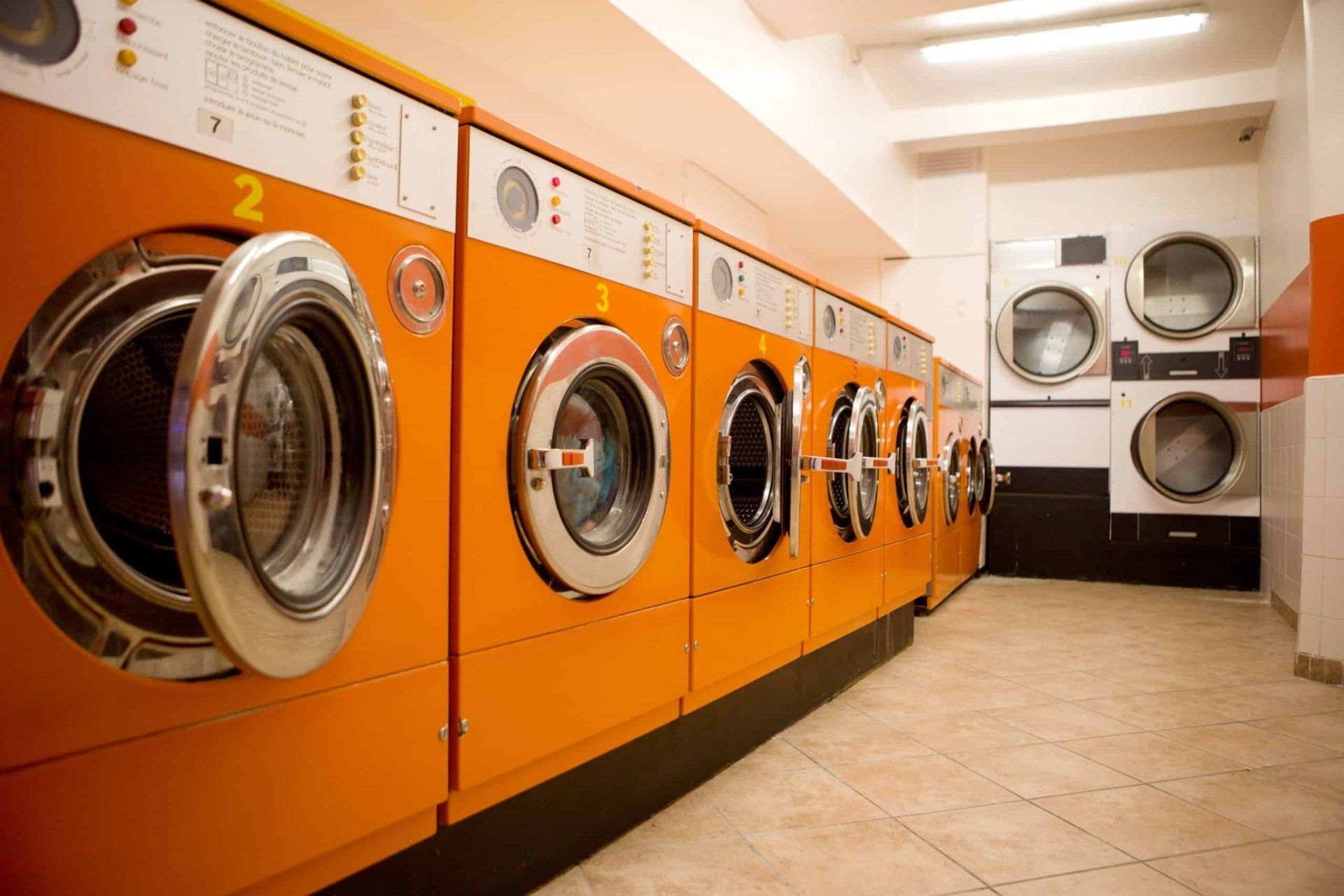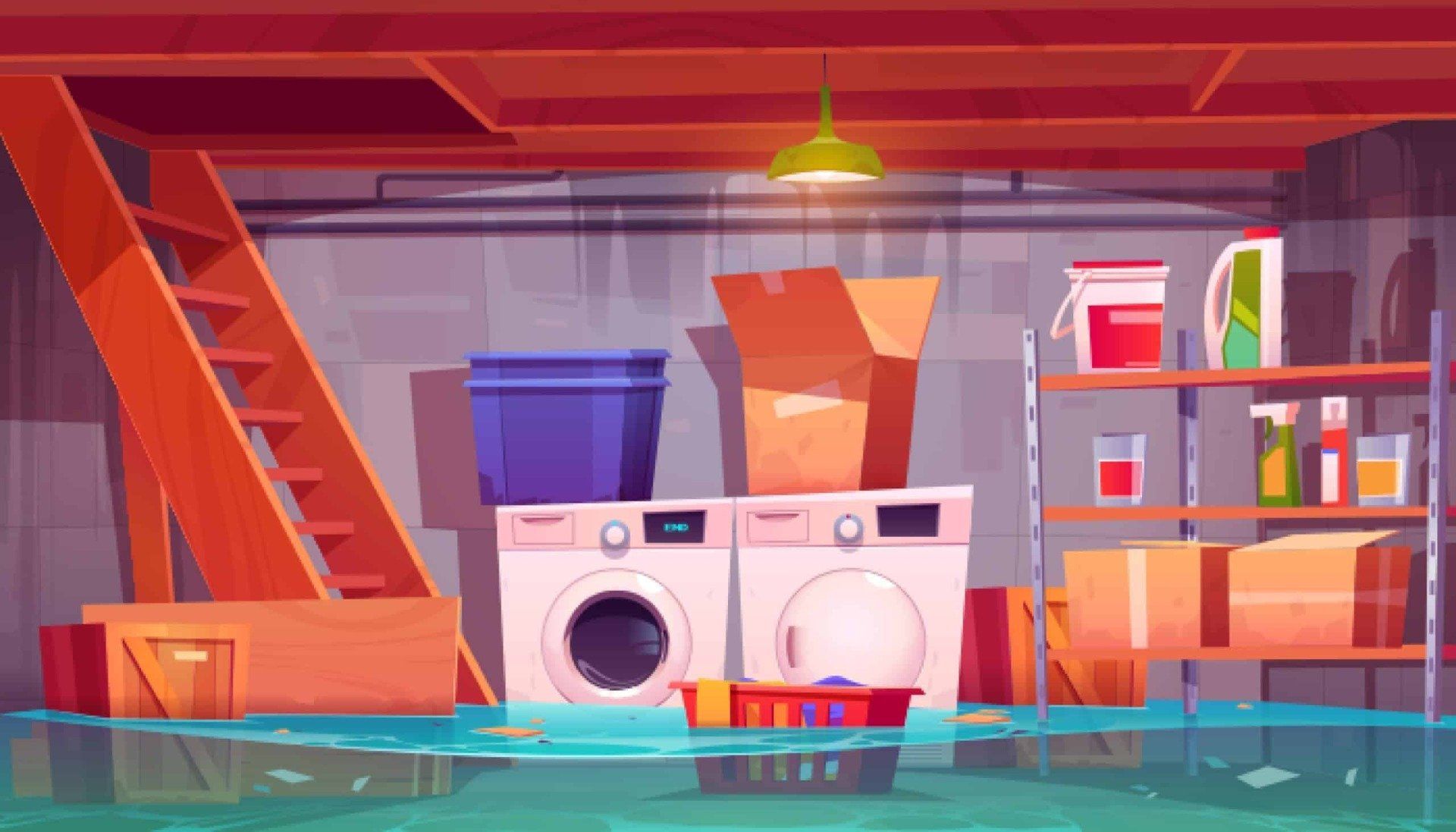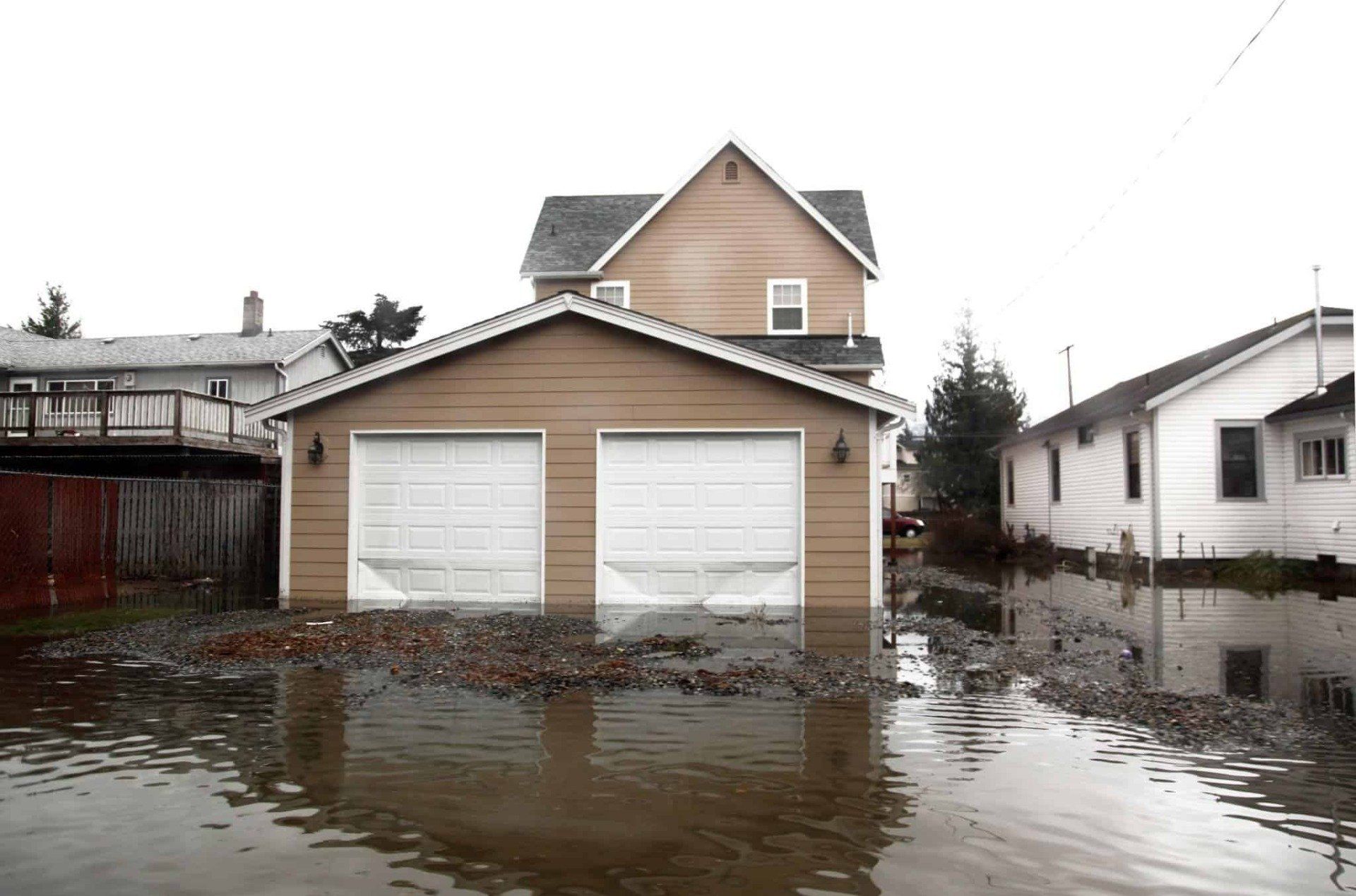HOW TO PREPARE AND PROTECT YOUR HOME FROM FLOOD DAMAGE
No matter where you live, flood protection is vital for all homeowners. Floods can happen anywhere, and the risk of flooding is rising throughout the United States. According to the Federal Emergency Management Agency (FEMA), communities at low to moderate risk of a flood receive one-third of federal disaster assistance for flooding.
Even one inch of water can cause expensive damage to your home. FEMA estimates that just one inch of water in an average 2,500 square foot one-story home can cause $26,807 in property damage. If the water rises to six inches, the cost of damage almost doubles to $52,037.
Luckily there are several things property owners can do to prepare for potential flooding and minimize property damage.
1. Determine Your Level of Risk
Different regions of the country have varying exposure levels to flooding. Densely populated areas and homes near rivers, dams, and mountains are at particular risk. Knowing your risk level can help you assess the steps you should take to keep your family and home safe. Use FEMA’s flood map tool to determine your home’s flood risk.
2. Purchase Flood Insurance
A general homeowners insurance policy does not cover floods caused by weather or external water sources. Talk to your insurance agent to see what flood coverage you already have. Your agent may have specialty flood insurance available. If not, you can access the National Flood Insurance Program using the FEMA Flood Map Service Center to map your property to determine your property’s flooding risk. From there, you can purchase flood insurance.
3. Evaluate Your Home’s Drainage
The grade around your home should slope away from your foundation. Observe to confirm that water is moving away from your home when it rains rather than pooling in any areas on your property. A contractor can provide suggestions for ways to resolve drainage problems.
4. Keep Your Gutters and Downspouts Clear
Properly functioning gutters and downspouts play an important role in keeping your foundation and basement dry. Common problems with gutters and downspouts that can contribute to flooding include:
- Broken or missing gutters
- Clogged gutters
- Downspouts without extensions
- Improperly sloped gutters
5. Install a Sump Pump
A sump pump transports water from your basement and away from your home. Purchase a battery-operated backup sump pump so that it will continue to work even during a power outage. Test your sump pump at least once a year to ensure that it is working properly.
6. Seal Up Any Cracks in Your Foundation
Repair small hair-line foundation cracks with masonry caulk or hydraulic cement. If water seeping into your home is a recurring problem, contact a foundation repair expert for advice. Special waterproofing sealants on interior or exterior walls may solve the problem. The repair method will depend on the severity of the situation.
7. Install a Water or Flood Sensor
Many home security systems offer flood sensors as add-on equipment. These devices detect leaks before they can cause significant property damage. You can also purchase water-leak detectors from any hardware store and install them yourself.
Stay Safe During and After a Flood
No matter where you live, it’s important to be prepared for severe weather emergencies. If you live in a high-risk area, it’s crucial to have a “go-bag” ready in case you need to evacuate quickly. Include the following items:
- Essential medications
- Extra clothing
- Toiletries
- Cash
- Insurance policy numbers
- Insurance agent phone numbers
- Water and snacks
- A map with your evacuation route
Minimize Damage From Flooding
Sometimes, no matter how well prepared your home is, flooding is imminent. Luckily, there are several ways to help minimize the damage:
- Move valuables to the highest level of your home.
- Ensure your gutters and drains are clear to allow water to run freely through them.
- Utilize sandbags to block gaps that could lead to flood waters entering your home.
- If flood water is rising to where it could reach your electrical panel, shut off the electricity.
- Make sure your sump pump is operating properly.
- Take photos and videos of your home and property before you evacuate.
Contact Water Restoration Experts After a Flood
After a flood, you may think your home and its contents are beyond repair, but many of your furnishings and other belongings can be restored. With professional restoration services, your flooded home can be cleaned up, dried out, and restored to its original condition.
Cleaning and restoration professionals are trained to handle all types of water damage safely and efficiently. Once they arrive on the scene, they will assess the situation and start the restoration process. They have the equipment and training to clean up after a water disaster safely and efficiently.
Trust Your Local Cleaning and Restoration Professionals
Call St. Louis Cleaning and Restoration at (314) 328-7793 or contact us online when you need professional cleaning or restoration services. In business since 1991, our technicians are trained professionals who can restore any disaster in your home. As a leading water damage restoration company, you can count on us to come to the rescue and save your property.
We proudly serve the greater St. Louis metropolitan area, and our emergency response teams are available 24/7 when time is of the essence. Contact us today for a free consultation and estimate.
Phone:
(314) 428-3600
Email: info@stlcandr.com
Business Hours: Monday - Friday: 8A-5P
Saturday & Sunday: Closed
